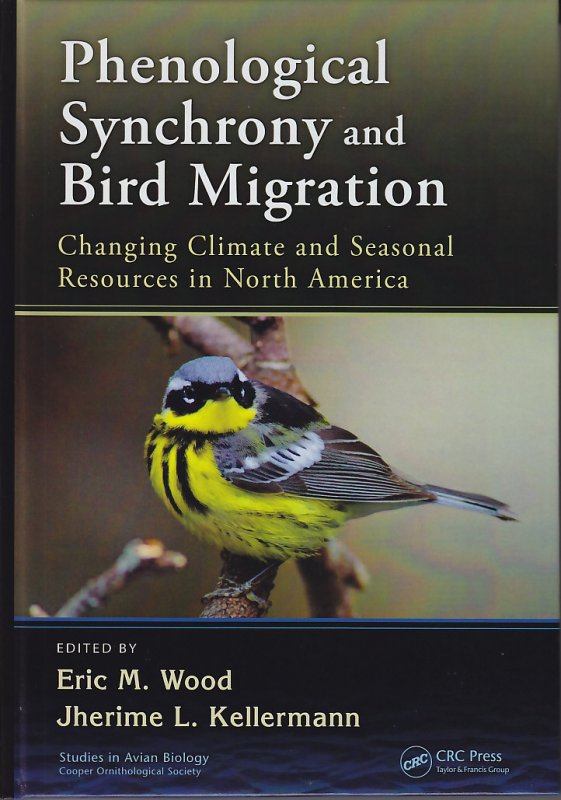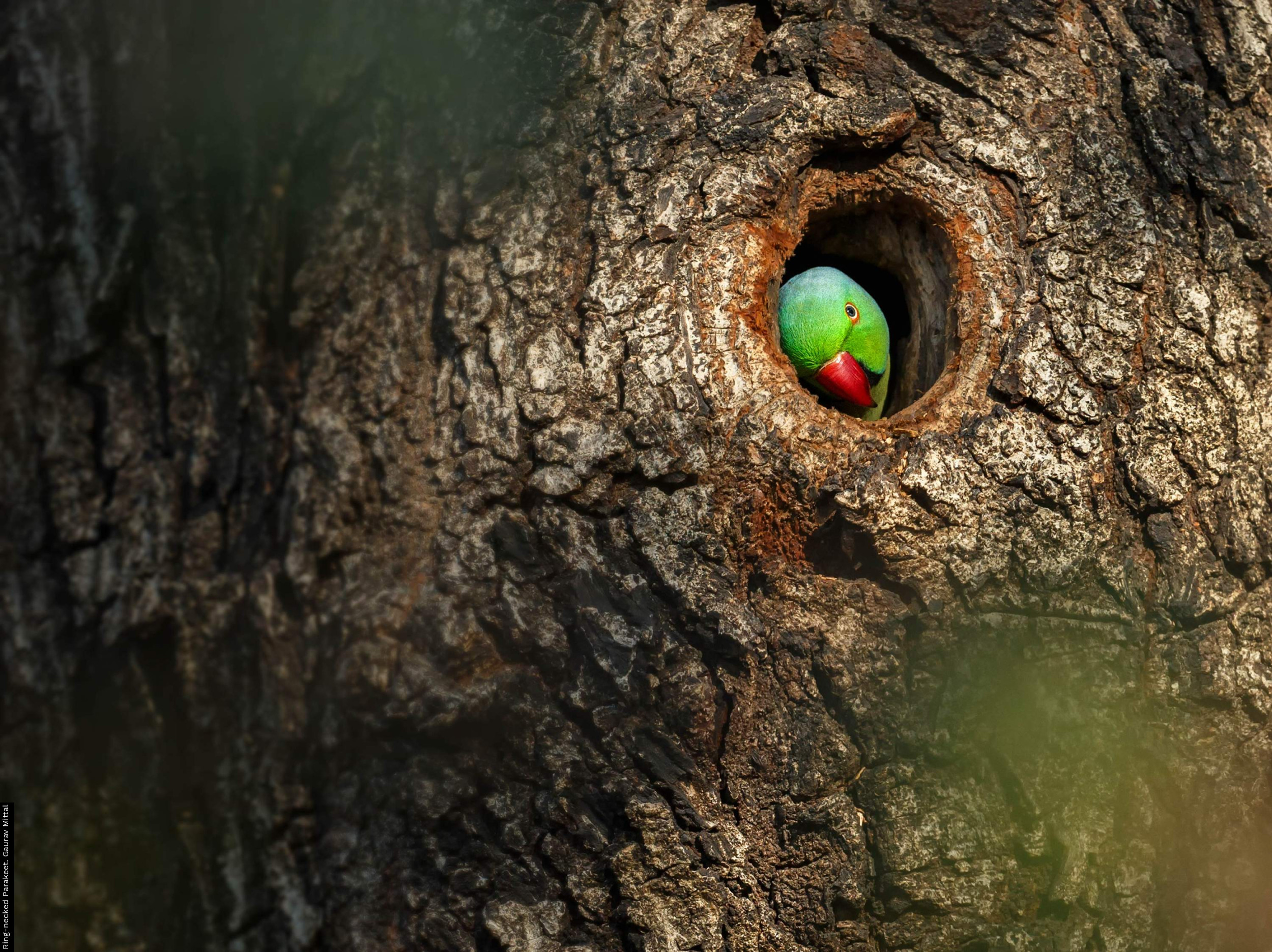
Publisher: CRC Press (Taylor & Francis Group), Boca Raton [FL], London & New York
Publication Year: 2015
Binding: Hardback
Page Count: 242
ISBN Number: 978-1-48224-030-6
Price: £ 82.00
Phenological Synchrony and Bird Migration: Changing Climate and Seasonal Resources in North America [Studies in Avian Biology 47]
Despite this book clearly having a focus on seasonal timing (phenology) and bird migration in North America, readers on other continents will still find relevance in the challenges faced by North American migratory birds as a consequence of climate change.
The first section examines the implications of climate change and changing phenology through the lens of an applied management approach, first describing what types of migratory strategies might be most vulnerable to climate change, then focusing on what climate change will mean for conservation management strategies. The section finishes by describing the USA National Phenology Network, a citizen science approach to documenting phenology of many taxa that is similar to the UK Phenology Network.
Connectivity between events at non-breeding, migration and breeding sites is the focus of the second section, which contrasts how environmental conditions during the winter and/or on passage influence spring phenology (specifically arrival time) of long-distance migrants crossing the Gulf of Mexico vs spring arrival of short-distance migrants.
The third section opens with a detailed examination of phenological mismatch between forest trees, caterpillars and migrant songbirds at a spring stopover site. Somewhat unusually, instead of focusing on the birds, the study focuses on the trees: increasing mismatch in the timing of spring passage migrants and the peak in caterpillars may change the productivity and even the composition of temperate deciduous North American forests because the birds aren’t arriving in time to prevent caterpillars eating their way through tree leaves! This section continues with two detailed studies that examine which tree species and what flowering/leaf stages are most preferred by migrant songbirds in two very different stopover habitats: temperate deciduous forest and desert riparian habitats. The section finishes by shifting the focus to the impacts of climate change on shorebirds in the agricultural wetlands of central North America.
The book ends with an examination of the often over-looked impacts of climate change on autumn phenology, contrasting a range of species in different habitats in eastern and western North America.
The editors have curated a wide breadth of studies on phenology and bird migration in North America, covering a range of different species and habitats and ranging from broadscale summaries of changing patterns to detailed mechanistic studies across trophic levels.
Book reviewed by Samantha Franks
buy this book





Share this page